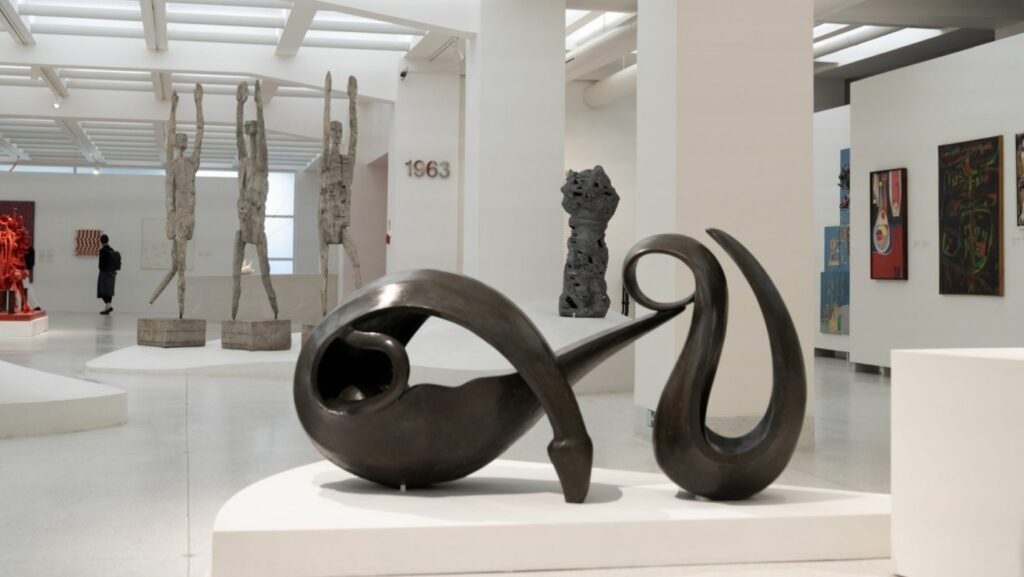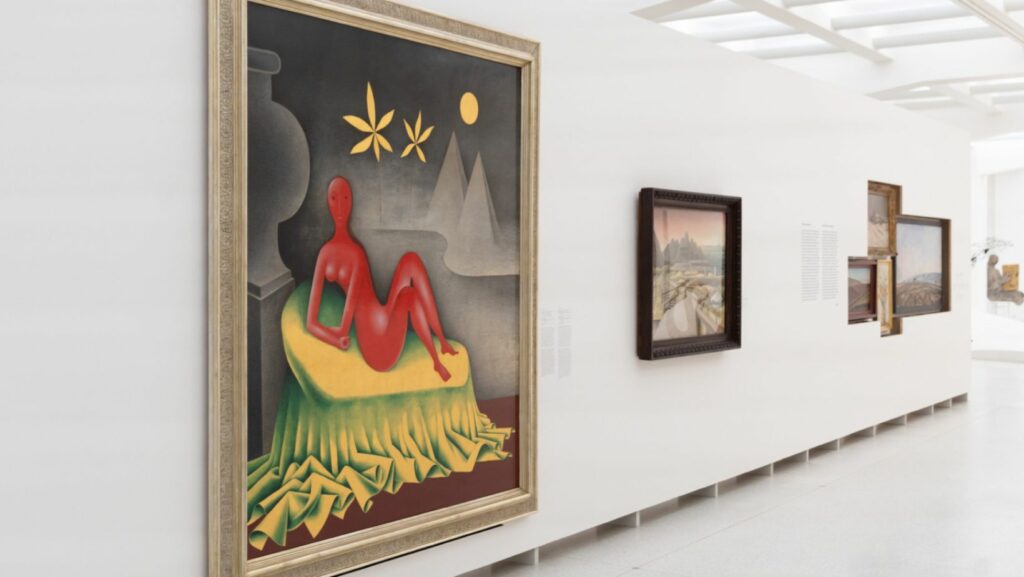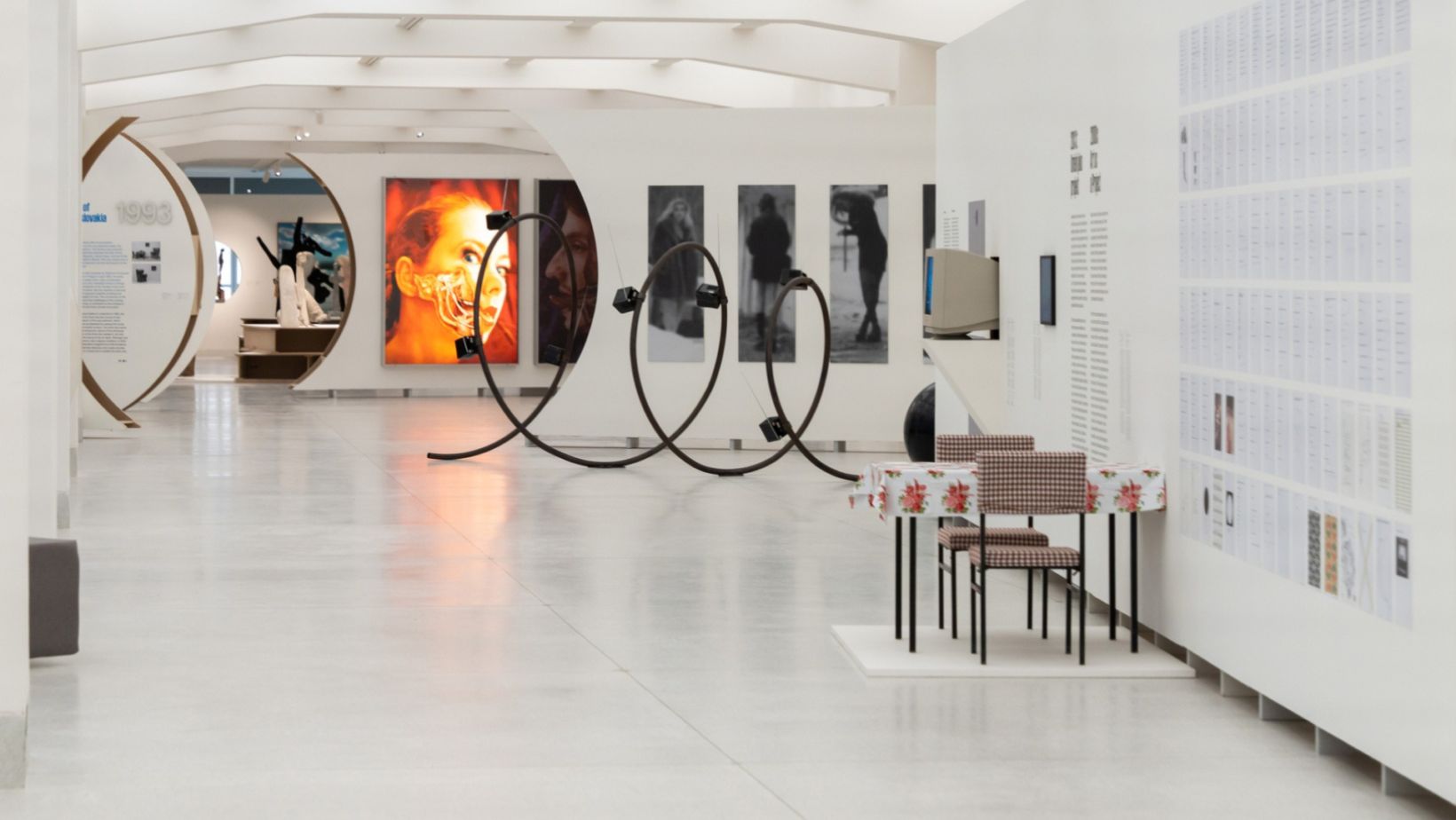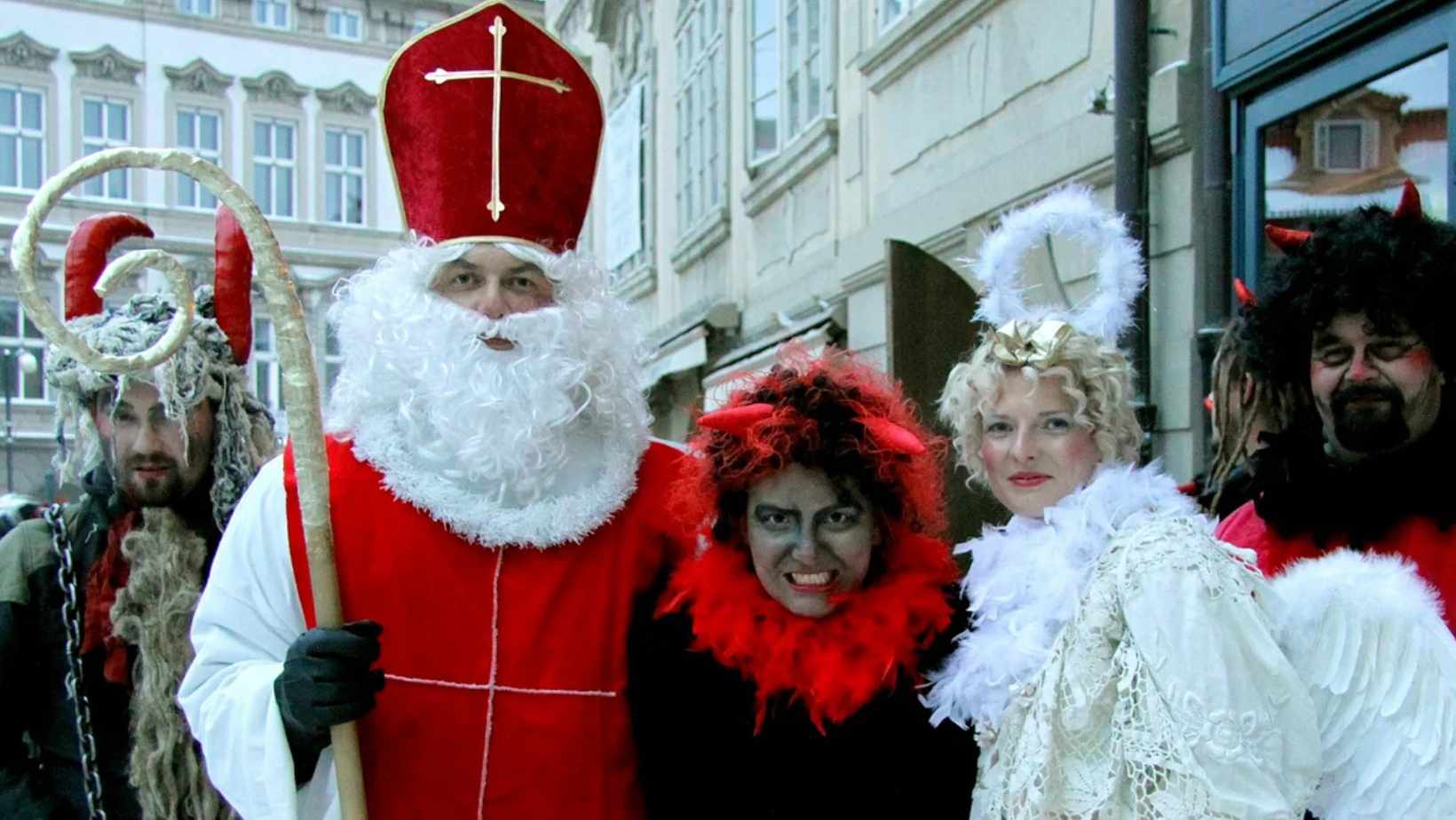The new collection covers an entire floor of the Trade Fair Palace, with 300 works purely from the collections of the National Gallery and a cross-section of domestic work spanning eight decades.
The new permanent exhibition entitled 1939-2021: The End of the Black and White Era, aims to show visitors how the perception of artistic quality in the Czech Republic has changed over time.
Within the collection, several types of creative expression exist side by side illustrating that art serves primarily as a testimony to the times.
The exhibition begins in 1939, drawing the visitor into the wartime art of Emil Filla, Jan Kotík, Josef Čapek, Karel Kotrba, and the artists of Group 42. The collection continues through the equally dark period of totalitarianism, in which a number of artistic movements flourished despite the suppression of the creative spirit.
“The title, ‘The End of the Black and White Era’ can carry many connotations. It is also a slogan summing up our approach. We try to go beyond simple evaluation criteria based on opposites.

The period after 1939 is still artistically alive and has a direct influence on the present,” says Michal Novotný, Director of the Collection of Modern and Contemporary Art and curator of the new exhibition.
The works on display include surrealist, avant-garde, abstract, and lyrical-abstract works, while representatives of conceptualism, constructivism, and Czech new figuration add depth to the collection.
The curators also allow space for socialist realism within the collection, whose idealistic scenes act as a fist in the eye in contrast to the dark atmosphere of the time.
Represented in the collection are canvases exhibiting an oppressive atmosphere by the Vál sisters, the large-format Cleopatra by Jan Zrzavý, the spiky sculptures by Aleš Veselý and the iconic sculpture “The Great Dialogue” by Karel Nepraš, and the typically constructivist works by Vladislav Mirvald and Radoslav Kratina.
The new exhibition shows that individual artistic endeavors, official and unofficial, abstract and figurative, formal and socially engaged, have always influenced each other’s existence and cannot be separated into black and white.

Art has always been at the intersection of social, economic and political conditions, which Michal Novotný and other curators Eva Skopalová and Adéla Janíčková have highlighted in the collection.
At the end of the gallery, the pieces done by contemporary artists are hung on metal grids – the same ones used to place works in depositories.
The contemporary section contains large artworks, such as the strange five figures in a pink car by Josef Bolf, a painting by Jakub Hošek, whose timeless work combines calligraphy and street art, and a geometric canvas by Vladimír Houdek.
-
NEWSLETTER
Subscribe for our daily news










